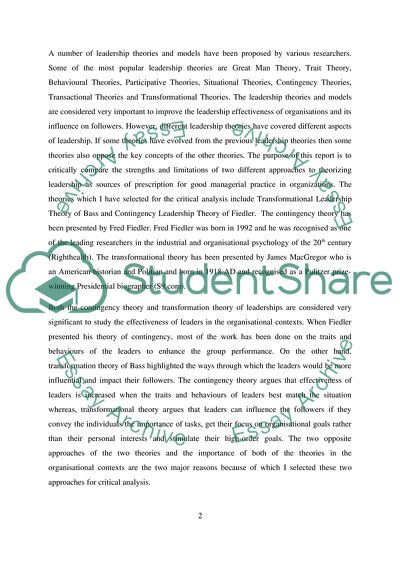Cite this document
(“Comparison of the Strengths and Limitations of Two Approaches to Term Paper - 3”, n.d.)
Comparison of the Strengths and Limitations of Two Approaches to Term Paper - 3. Retrieved from https://studentshare.org/human-resources/1748345-organisational-behaviour
Comparison of the Strengths and Limitations of Two Approaches to Term Paper - 3. Retrieved from https://studentshare.org/human-resources/1748345-organisational-behaviour
(Comparison of the Strengths and Limitations of Two Approaches to Term Paper - 3)
Comparison of the Strengths and Limitations of Two Approaches to Term Paper - 3. https://studentshare.org/human-resources/1748345-organisational-behaviour.
Comparison of the Strengths and Limitations of Two Approaches to Term Paper - 3. https://studentshare.org/human-resources/1748345-organisational-behaviour.
“Comparison of the Strengths and Limitations of Two Approaches to Term Paper - 3”, n.d. https://studentshare.org/human-resources/1748345-organisational-behaviour.


